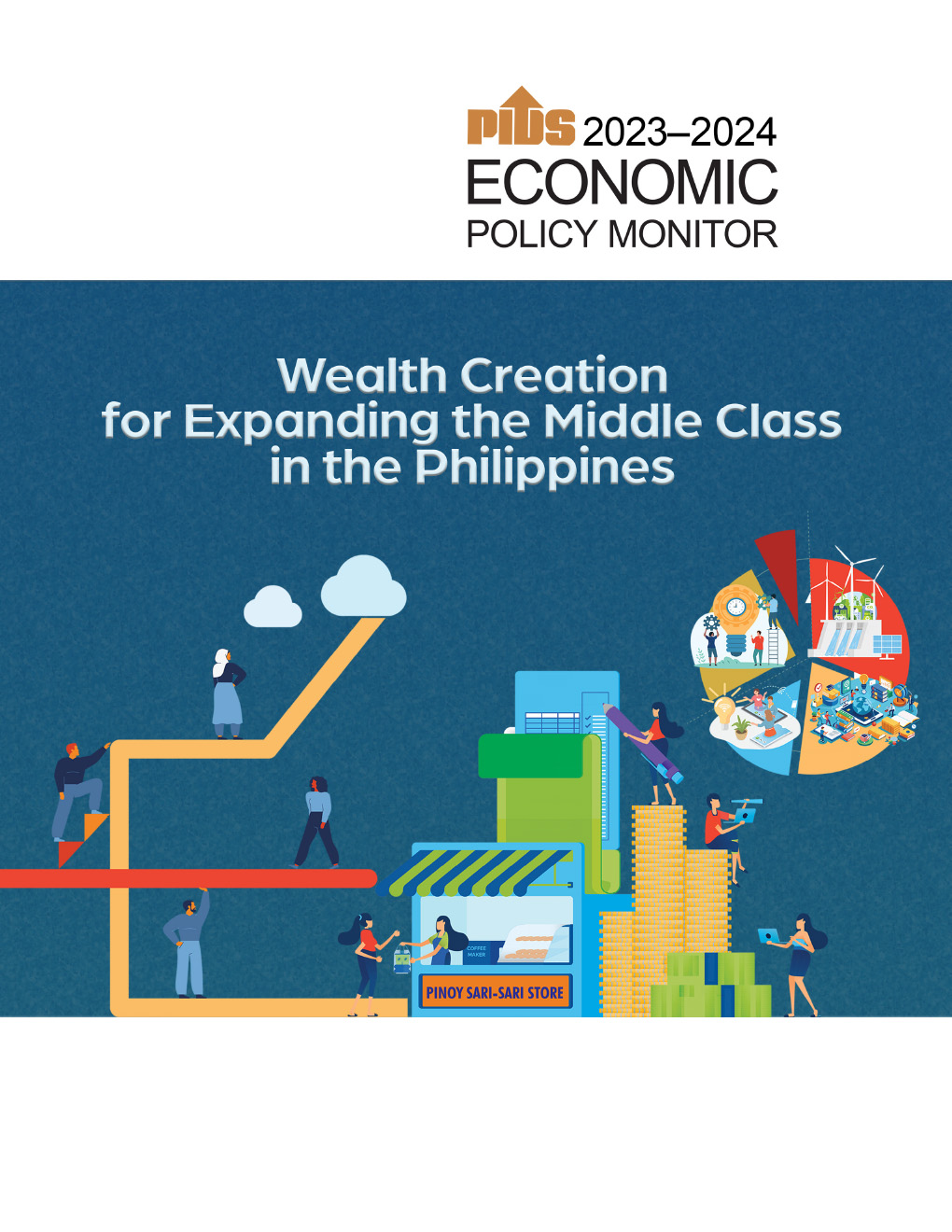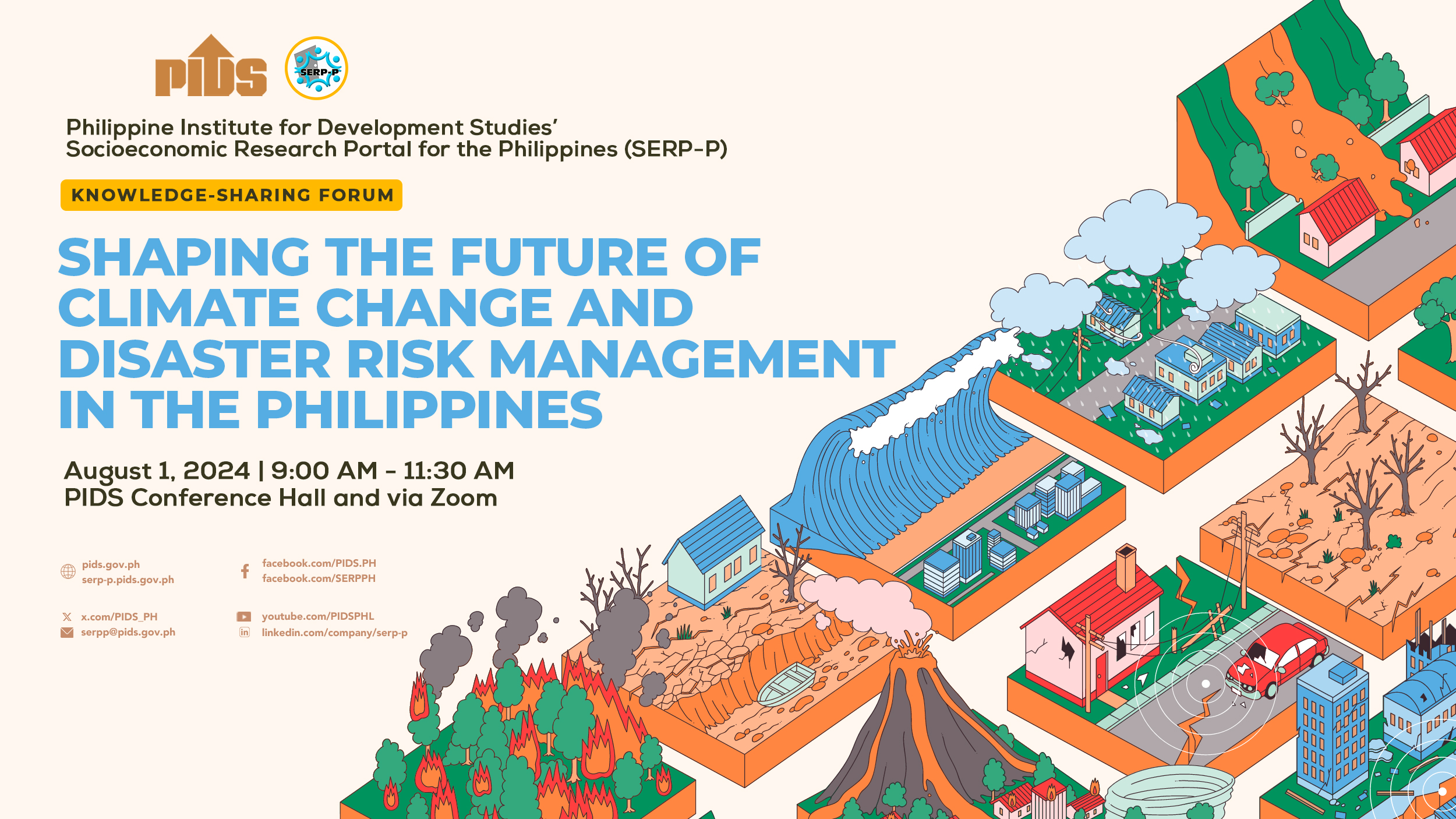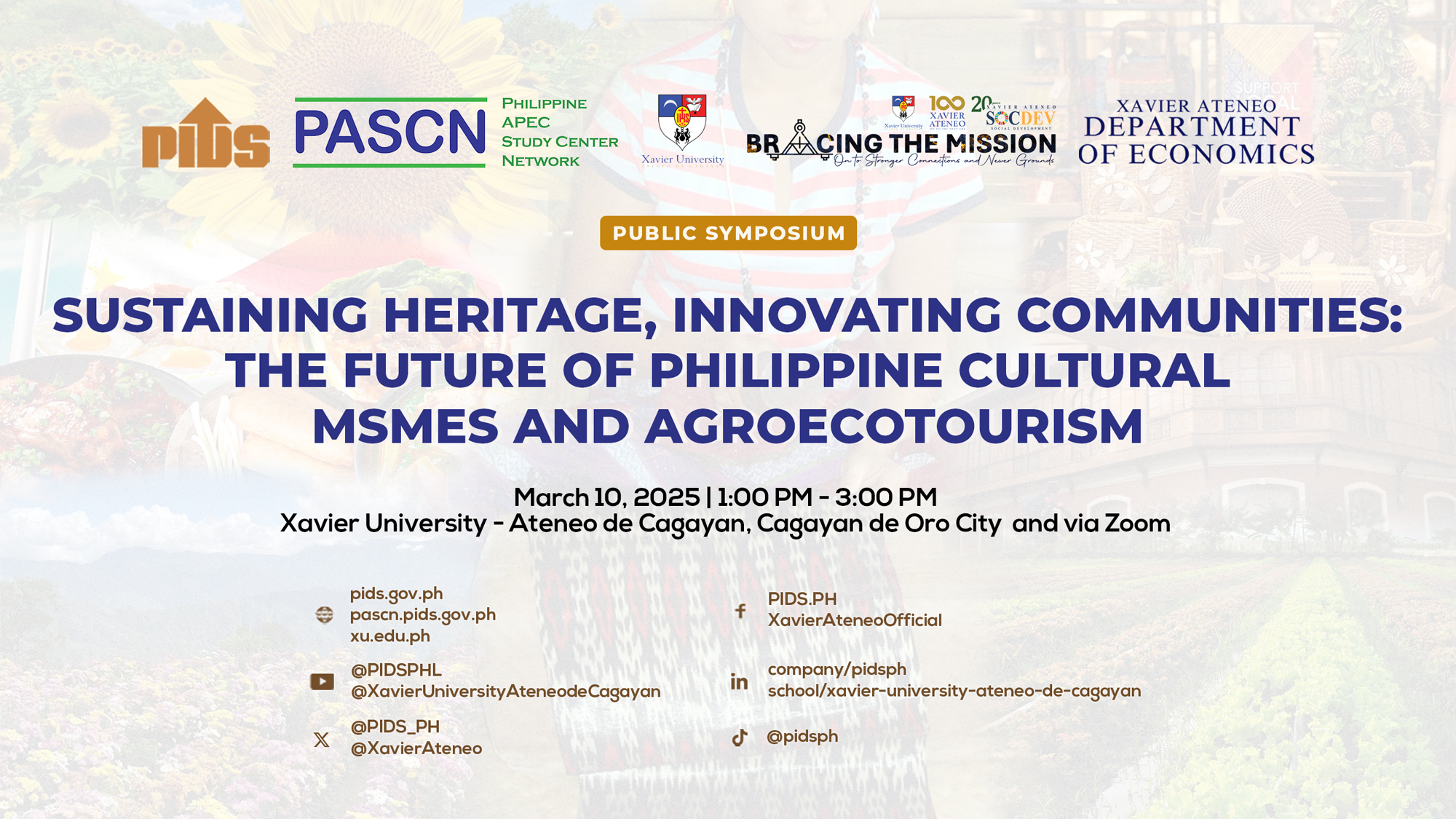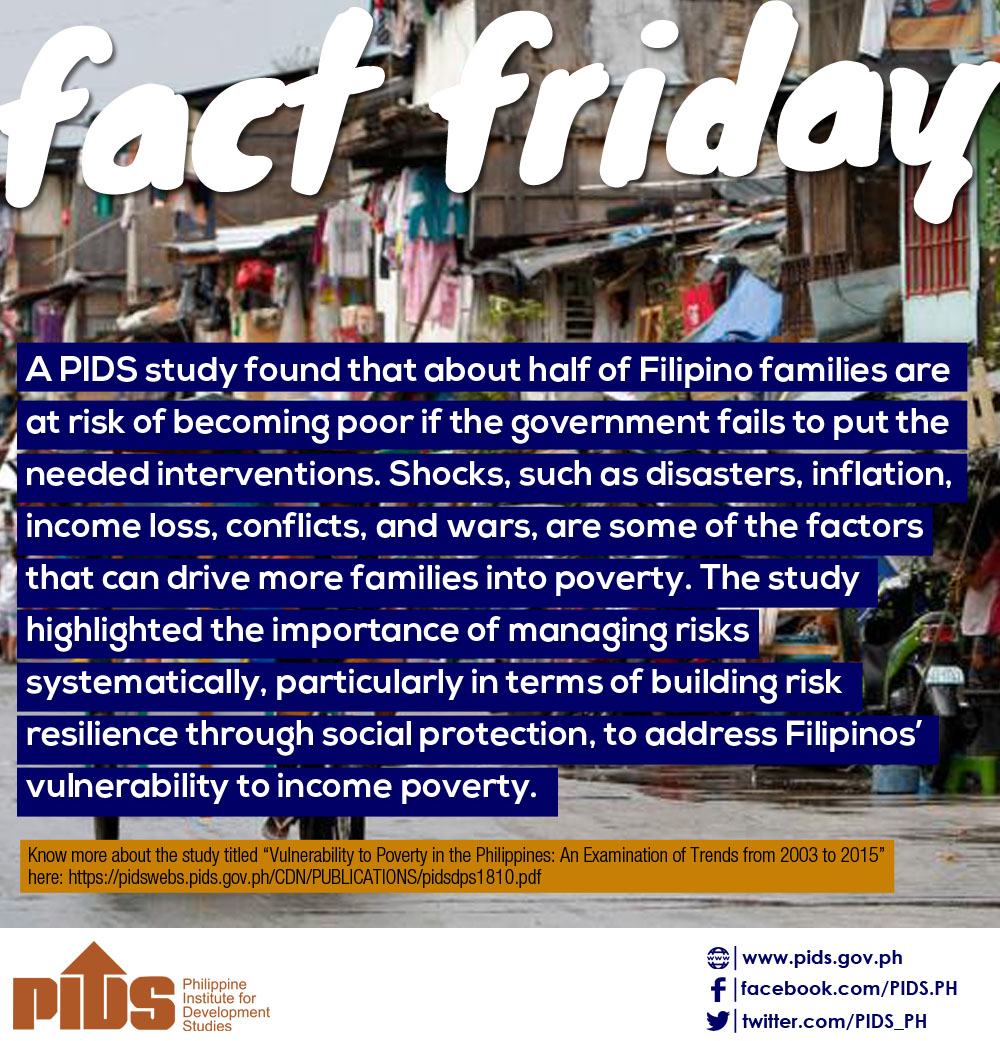The Marcos administration’s socioeconomic plan must include emergency management in case another extraordinary crisis like COVID-19 happens in the next few years, the state planning agency National Economic and Development Authority (Neda) said Thursday.
Moving forward, the Philippines should invest in early warning systems, social protection, resilience-building, research and development (R&D) and innovation and technology, Neda Undersecretary Rosemarie Edillon told the 20th development policy research month kick-off forum organized by the state-run think tank Philippine Institute for Development Studies (PIDS).
Edillon said these were the crucial areas where the Philippines lagged behind when the COVID-19 pandemic struck, leading to the longest and most stringent lockdown in the region. This pushed the country to hit its worst post-war recession when gross domestic product (GDP) shrank by 9.5 percent in 2020.
Vulnerabilities
The Neda official said vulnerabilities were also heightened amid the country’s high population density. It also had the lowest public health expenditure per capita among its Asean peers, she said.
In terms of incomes, “while our economy is gradually recovering, many are still feeling the brunt of the pandemic,” Edillon said, citing the “disparate” conditions of poor and rich Filipinos in terms of housing, transportation and work environment. The prolonged pandemic pushed 2.3 million Filipinos into poverty. About 19.99 million or 18.1 percent of the population were considered poor last year, reversing prepandemic poverty-reduction gains.
As the overall economy recovered amid the gradual reopening of productive sectors, Edillon said other sectors were left behind such as transport, accommodations and other related services, mining, real estate and manufacturing, which all had outputs still below their prepandemic performance.
Poverty
As such, the Philippines’ real GDP per capita remained below the prepandemic level, Edillon said. As of the second quarter of 2022, the share of each Filipino to economic output remained lower by about 3.8-percent than 2019’s real GDP per capita.
To address this, Edillon said the Philippine Development Plan (PDP) for 2023-2028 aimed to “reinvigorate job creation and poverty reduction by steering the economy back on the high-growth path and more importantly, effect economic transformation for a prosperous, inclusive and resilient society.”
The 2023-2028 PDP, which is currently in the works, will serve as the Marcos administration’s socioeconomic blueprint en route to reducing poverty to 9 percent and unemployment to 4 percent to 5 percent six years from now. Neda had committed to submit the plan to President Marcos for his approval before the end of the year.











